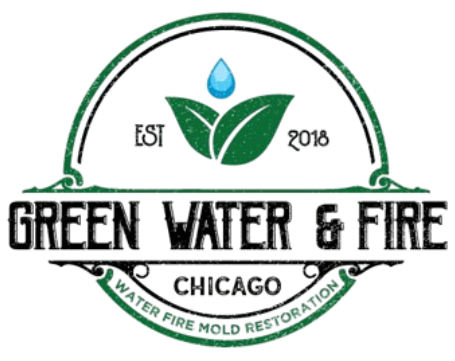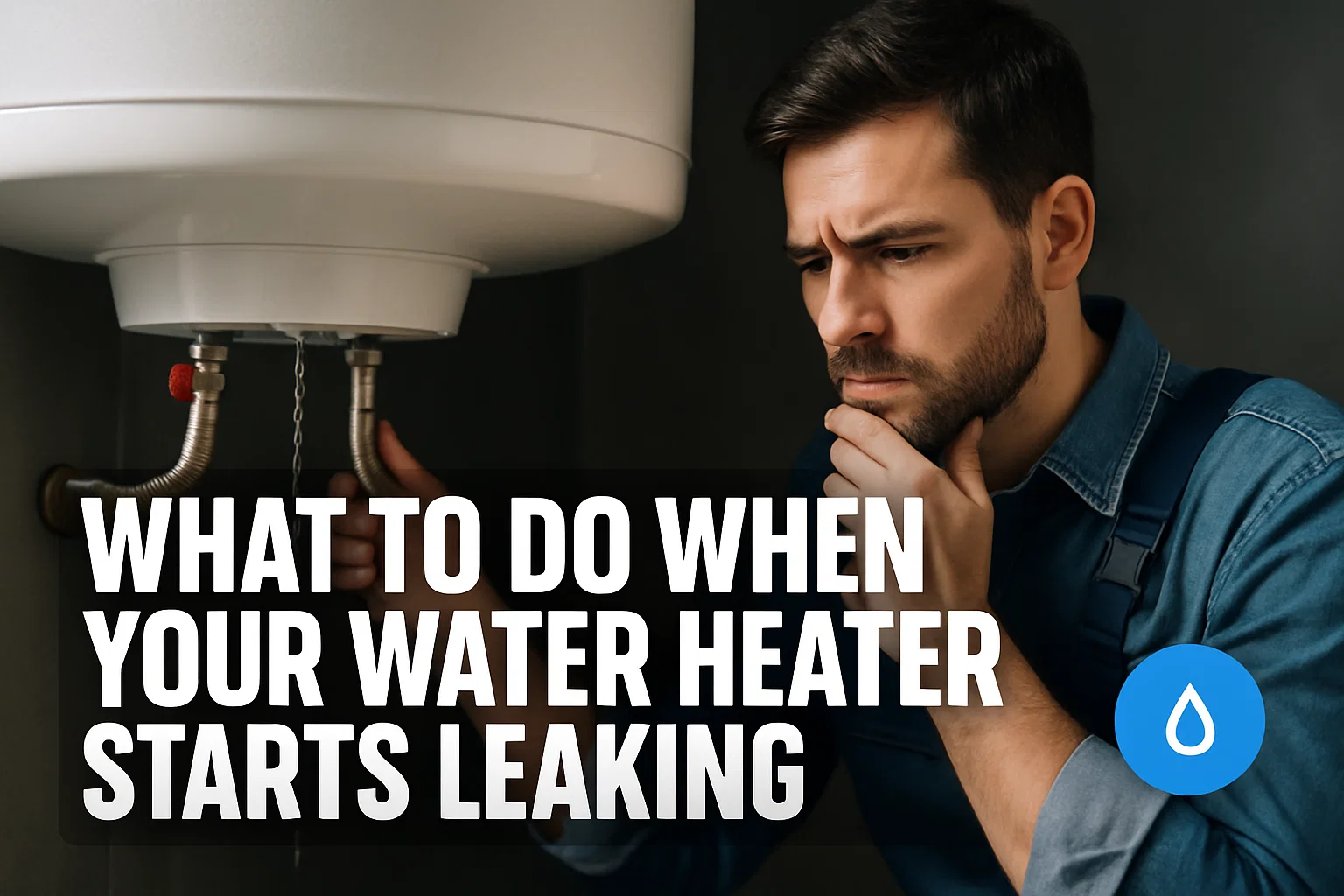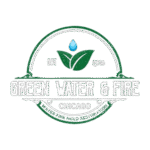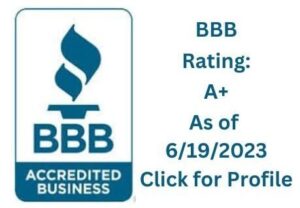Dealing with fire or water damage can be overwhelming, but knowing how to properly clean and sanitize the affected areas can make a big difference in the restoration process. Whether you’ve experienced a fire or a flood, getting your property back to a safe and livable condition requires careful attention to detail. This guide will walk you through everything you need to know about cleaning and sanitizing after a fire or water damage, with a focus on practical steps and helpful tips. For reliable restoration services, GreenWaterandFire is here to ensure your property is restored to its best condition.
Understanding the Impact of Fire and Water Damage
Fire Damage
A fire can leave behind a wide range of damages, including:
- Smoke and soot residues: These particles settle on surfaces and can be difficult to remove.
- Structural damage: Fire weakens building materials, and smoke can cause long-term staining.
- Water damage from firefighting efforts: In many cases, water damage comes hand-in-hand with fire damage due to the use of hoses and sprinklers.
Water Damage
Water damage can be caused by a variety of sources, such as flooding, broken pipes, or leaking roofs. The main types of damage you may face include:
- Standing water: If not removed quickly, standing water can cause major structural damage and mold growth.
- Waterlogged materials: Drywall, wood, and carpeting can absorb water, leading to swelling, rotting, or warping.
- Mold and mildew: If left untreated, mold can begin growing within 24-48 hours of water exposure.
In both cases, cleaning and sanitizing the affected areas is essential to restore the property and ensure the safety of those living or working in it.
Steps to Clean and Sanitize After Fire Damage
Fire damage restoration is a multi-step process that involves thorough cleaning and sanitization. Here’s how you can go about it:
1. Assess the Damage
Before you start cleaning, take stock of the damage. This will help you prioritize your actions. Look for areas with heavy soot or smoke damage, and be aware of any structural issues caused by the fire.
2. Remove Debris and Salvageable Items
Start by removing any debris, charred materials, or furniture that can’t be salvaged. If there are items that can be saved, like electronics or furniture, move them to a safe area and assess their condition. Make sure to discard anything that can’t be cleaned or restored.
3. Clean Smoke and Soot Residue
Smoke and soot can leave stubborn stains on walls, ceilings, and floors. You can use a combination of dry cleaning sponges and chemical cleaners designed for soot removal. When cleaning walls and ceilings:
- Work in small sections.
- Use a light touch to avoid spreading soot further.
- Wash surfaces with a mixture of water and dish soap or a specialized smoke cleaner.
4. Remove Water Damage From Firefighting
If water damage was caused by firefighting efforts, you’ll need to dry out the area immediately. Use wet vacuums to remove excess water and then use fans or dehumidifiers to dry the space. Keep in mind that drying time can vary depending on the amount of water and the materials affected.
5. Sanitize and Deodorize
Once everything is cleaned, it’s important to sanitize the area to remove any lingering bacteria or harmful pathogens. Use disinfectants that are safe for fire-damaged surfaces. To deodorize the space, consider using ozone machines or air purifiers to remove the smell of smoke.
Steps to Clean and Sanitize After Water Damage
Water damage, especially from flooding or burst pipes, can create a breeding ground for mold and bacteria if not addressed properly. Here’s how you can clean and sanitize your space after water damage:
1. Safety First
Before you start cleaning, ensure the area is safe. Turn off the electricity to avoid electrical hazards, especially if the water has affected electrical outlets or wiring. Wear protective gear, such as gloves and boots, to avoid contact with contaminated water.
2. Remove Standing Water
Start by removing any standing water as quickly as possible. Use a wet vacuum, sump pump, or other water extraction equipment. The faster you can remove the water, the less chance there is for mold to grow and further damage to occur.
3. Dry Out the Space
Once the standing water is removed, it’s time to start drying the area. Open windows and doors to improve ventilation, and use dehumidifiers and fans to speed up the drying process. Make sure that drywall, wood, and other porous materials are completely dry, as they can absorb water and promote mold growth.
4. Clean and Disinfect Surfaces
Water can bring dirt, bacteria, and other contaminants into your home, so it’s essential to clean and disinfect all affected surfaces. For walls, floors, and furniture, use a solution of water and mild detergent or specialized cleaners that are safe for water-damaged materials.
Be sure to:
- Scrub away any dirt or stains.
- Clean air ducts and HVAC systems, as water can often reach these areas.
- Pay special attention to places where mold might form, like under carpets or behind baseboards.
5. Prevent Mold Growth
One of the most serious risks following water damage is mold. Mold can start to grow in as little as 24 hours, so take steps to prevent it. In addition to drying out the area thoroughly, you can use antifungal treatments or mold-resistant cleaning products to help inhibit growth. If you notice any signs of mold, it’s important to address the issue immediately, as it can cause health problems.
Why Professional Help is Essential
While DIY cleaning and sanitizing can help with the initial stages of restoration, fire and water damage often requires professional assistance. Professional restoration experts have the experience, equipment, and knowledge to handle the more complex aspects of the restoration process.
Here are a few reasons to call in the pros:
- Specialized Equipment: Professionals use advanced tools like industrial-grade dehumidifiers, ozone machines, and high-powered air scrubbers to properly dry and sanitize your space.
- Expertise in Dealing with Mold: Mold growth is a common concern after water damage, and it requires thorough removal to prevent long-term health issues.
- Insurance Claims: Restoration companies can often work directly with your insurance provider to help cover the costs of cleaning and repairs.
Conclusion
Cleaning and sanitizing after a fire or water damage is essential to restoring your home or business to a safe and healthy condition. Whether you’re dealing with smoke damage, waterlogged materials, or mold growth, following a detailed restoration plan can help you effectively manage the damage. If the task feels too daunting or complex, remember that professional restoration services like GreenWaterandFire are always available to lend a hand and ensure the job gets done right. The key is acting quickly and thoroughly, so your property can be restored with minimal hassle and risk.


















